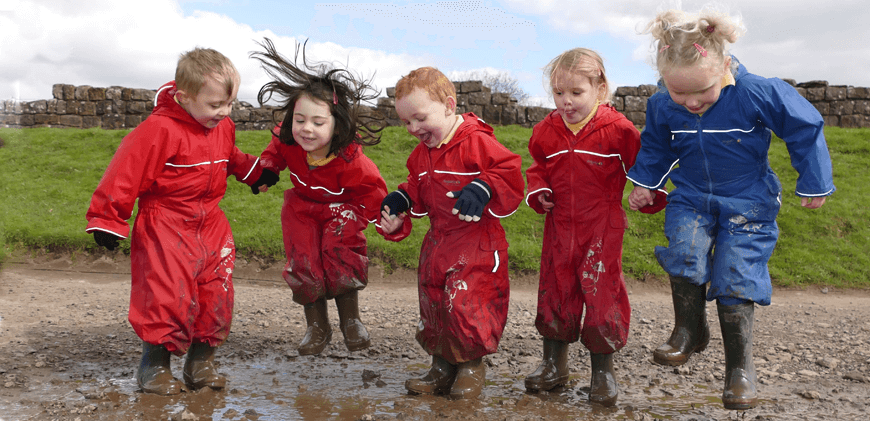How to look after your Warm Wellies
Look after your wellies – but how? We get so many questions about how to care for your wellies that we thought we should give you our top tips.
On the farm, the boys would kick off their dirty wellies at the back door or drag them off using the step. None of that will help your wellies stay in the best condition – and we do keep telling them. Things changed when we got a boot rack!
Wash your wellies with clean water – you don’t need fancy soaps or sprays (and it could damage the boot coating if you do use them). It’s often the quickest, simplest, easiest things that help - and water costs very little. And if you want to dry them – just use a soft cloth. We just leave them in the porch or at the back door until they’ve drip dried themselves.
Beach water – Warm Wellies are great for the sea, but salt is not a friend to wellies so make sure you wash off any sand and salt before you pack them away.
Farm manure - Farm wellies often get covered in manure, it’s important to keep them clean so the acid in sheep and cattle poo doesn’t affect the rubber. Our adult wellies have an acid-resistant additive added to the rubber to prevent the rubber being attacked by the manure.
Use a boot remover - Not only does it cut out bending, but it protects your wellies from scuffs, and it will keep your hands clean too. It’s easy to use the concrete edge of a step to pull your wellies off, but it would be much better to use a boot remover. Sometimes called a boot jack, there are lots on the internet, so they don’t have to cost the earth – or you make it a project with the kids to make one yourself.
Stand them up or upside down – if you have a boot rack – that’s perfect, they can hang upside down and stay in shape. Definitely don’t fold the boots over to squeeze them in a box or small space – it will help prevent cracking or splitting.
How to dry the insides of your wellies – yes, we know, kids love playing in water and sometimes they go over the tops! On the plus side, neoprene is insulating so even if their feet are wet – they will be warm. We have a whole article on How to Dry Your Wellies, but in short, let them dry naturally if you can (inserting old newspaper is one thing we tend to do). Not everyone has an Aga or a Rayburn, but they are good for drying wellies – as long as you don’t get them too close. The same applies to radiators. It’s not a good idea to sit them on top of the radiator, as tempting as it may be, and please do not use a hairdryer!
Keep them inside – we’ve had people ask us why the colour fades, then we discover they’ve been left outside all the time. The UV rays will eventually destroy the rubber and make them perish quicker. It won’t do your wellies any good and there is a strong chance you could end up with spiders and other creepy crawlies inside!
No extremes of temperature – wellies made of 100% natural rubber don’t like extremes of temperature – so a cool well-ventilated room is better than super warming them – you can toast your toes, but not your boots!
Blooming – what is it? Do you ever see a powdery white film? It is likely to be insoluble particles of the natural rubber coming to the surface. They should wipe off with a damp cloth. It won’t affect the wear of your wellies and remember; it is much better to have a pair of 100% natural rubber wellies than ones made of plastic.
Boot bags – now we never used to bother with these, but when you’re out and there’s nowhere to wash your wellies, or you just need to throw them in the car with the kids, then we do recommend a welly boot bag. Makes it easy to carry more than one pair, cuts the dirt in the car (and the house) and keeps them away from sunlight. You don’t have to spend a lot on a bag, it can be functional rather than a fashion statement.
And finally – we’ve had some really weird questions and reasons why boots have failed, so…
Here’s our top ten list of things you DON’T do with your wellies:
- Don’t forget to wash them when you’ve been on the beach -wellies don’t like salt
- Don’t put your wellies in the washing machine
- Don’t dry your wellies in the tumble drier!
- Don’t dry too close to a heat source – it will eventually lead to cracking
- Don’t leave outside in direct sunlight
- Don’t fold the tops to store them
- Don’t pull them off using a step
- Don’t forget to wash them with plain and simple water!
- Don’t use a hairdryer to dry them!
- Don’t use silicone sprays – our wellies don’t need it and it can affect the welly coating
Related articles : How to Dry your wellies

